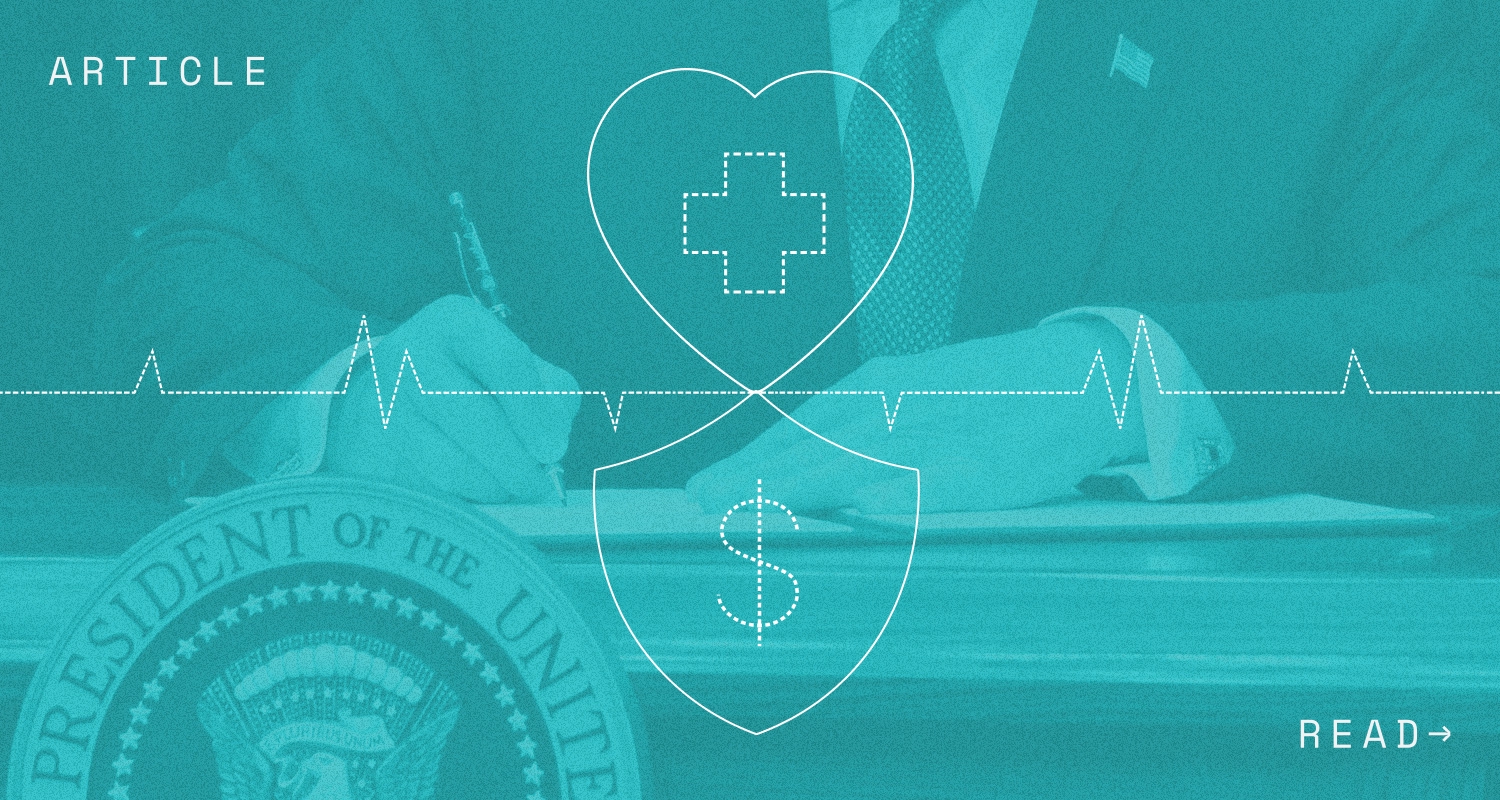On June 11, 2020, the Equal Employment Opportunity Commission (EEOC) advanced proposed rules (“Proposed Rules”) that outline what incentives employers can offer to employees to encourage their participation in wellness programs that require the disclosure of medical information. The Proposed Rules are meant to replace prior EEOC regulations that were invalidated by a federal court in AARP v. EEOC. The Proposed Rules will now be sent to the Office of Management and Budget (OMB) for review and approval. If approved, the Proposed Rules will be sent back to the EEOC who will publish the rule for public comments.
Compliance Snapshot
The Proposed Rules would permit the following:
- Employers with wellness programs that are not offered as a part of a medical plan that require medical inquiries and/or examinations cannot offer more than “de minimis incentives” to employees to encourage participation.
- Employers with “health-contingent” wellness programs that are tied to, or qualify as, a group health plan can offer employees incentives of up to 30% of the total cost of coverage for the plan in which they are enrolled for either meeting or failing to meet a standard or health related factor.
- Employers cannot require employees to participate in wellness programs that seek to obtain medical information or that take adverse employment actions against employees who choose not to participate in the wellness program or who fail to achieve certain health outcomes.
Brief History of Wellness Regulations
The Americans with Disability Act (ADA) and Genetic Information Non-Discrimination Act (GINA) restrict employers from asking their employees disability or genetic-related health questions and from performing medical examinations on their employees, except in limited circumstances. Under one of the limited exceptions, these inquiries and examinations are permitted as a part of a voluntary employee health or wellness program.
In May 2016, the EEOC published final rules that provided guidance on how ADA and GINA applied to wellness programs (“2016 Rules”). Under these rules, employers could offer employees incentives of up to 30% of the cost of self-only coverage to encourage their participation in an employer-sponsored wellness program that included health-related assessments and biometric screenings.
Employers could offer this incentive for all types of wellness programs, including participatory programs (those that provide general education or rewards for participating in health activities, without any required results), and health-contingent programs (those that provided rewards for completion of a health-related activity or based on a health factor, e.g. reduction in premiums if the employee has a certain BMI).
AARP v. EEOC
In October 2016, the American Association of Retired Persons (AARP) challenged the 2016 Rules, alleging that the 30% incentive amounted to a penalty on employees who refused to disclose medical information to their employers. AARP argued that the incentive was so high that it would make employees feel coerced to complete health risk assessments or undergo biometric screenings and thus, violated the “voluntary” requirement under ADA and GINA.
In December 2017, a federal court found that the EEOC did not provide enough justification as to the incentive limit adopted under the 2016 Rules. Accordingly, the court vacated the incentive section of the 2016 Rules, effective as of January 1, 2019.
Proposed Rules on Wellness Program Incentives
In response to the AARP litigation, the EEOC promulgated the Proposed Rules, which outline to what extent employers can offer employees wellness incentives under both the ADA and GINA. The text of the Proposed Rules have not yet been released; however, a summary of the rules was provided by EEOC Counsel during the EEOC June 11, 2020 hearing. The below discussion is based on the summary of the Proposed Rules.
De Minimis Incentive Limit
Under the Proposed Rules, to be deemed “voluntary” in compliance with both the ADA and GINA, wellness programs that include disability-related inquiries and/or medical examinations cannot offer more than “de minimis incentives” to employees. EEOC Counsel did not define “de minimis” or provide examples of de minimis incentives during the hearing; nonetheless, the definition of “de minimis” will be key in determining the real-world impact that the Proposed Rules will have on employer wellness programs.
The “de minimis” limit would apply to all participatory programs and health-contingent wellness programs that are not a part of a group health plan. Wellness programs that are a part of a group health plan would fall into an exception to the “de minimis” requirement, as outlined below.
Exception for Health-Contingent Wellness Programs Tied to Group Health Plans
The Proposed Rule interprets the “ADA Insurance Safe Harbor” to provide an exception to the “de minimis” incentive limit for a sub-set of wellness programs that are:
- “Health-contingent,” or require employees to meet a health standard to receive a reward or avoid a penalty; and
- Offered as a part of the employer’s major medical plan or qualify as a group health plan.
- Wellness programs offered as a part of the employer’s major medical plan include programs that provide rewards that impact cost-sharing for the medical plan (e.g. premium amounts, deductibles, coinsurance, co-pay, and/or annual maximums). Insurers sometimes offer these wellness program in conjunction with a medical group health plan.
- Wellness programs that qualify as a group health plan include stand-alone programs that directly or indirectly provide or pay for healthcare for employees. Examples of medical care include biometric screenings, physical examinations, flu shots, or counseling by trained professionals.
The Proposed Rules provide that these health-contingent wellness programs that are a part of, or qualify as, a group health plan are regulated under Health Insurance Portability and Accountability Act or HIPAA (as amended by the Affordable Care Act), which permits these programs to incentivize individuals up to 30% of the total cost of their plan for meeting or failing to meet a standard or health related factor.
In other words, the Proposed Rule would allow employers who offer these specific wellness programs to use data collected through the program to provide individuals who meet certain health-related targets with a premium discount of up to 30% of their cost of coverage. For instance, a wellness program could use biometric screening or a health risk assessment to identify individuals with certain medical conditions or risk factors (e.g. cholesterol or high blood pressure) and reward individuals who meet certain health conditions or who are at low risk.
Confidentiality of Medical Information
The Proposed Rules address confidentiality concerns by limiting employers’ access to medical information collected through a wellness program. Employers would only have access to aggregate data that would not disclose the identity of individuals. In addition, employers cannot require employees to agree to the sale, exchange, sharing or transfer of such medical information.
Compliance with the ADA Voluntary Requirement
During the hearing, EEOC Counsel did state that health-contingent wellness programs that are excepted from the de minimis incentive limit would still be required to be “voluntary” under the ADA. EEOC Counsel explained that the voluntary requirement would prohibit employers from requiring employees to participate in wellness programs, deny coverage under any of its group health plans, or take adverse employment actions against employees who choose not to participate in the wellness program or fail to achieve certain health outcomes.
Differences between the 2016 Rules and Proposed Rules
Under the invalidated 2016 Rules, employers could provide incentives of up to 30% of self-only coverage for participatory and health-contingent group health plans, regardless of whether the program was tied to a group health plan. Under the Proposed Rules, only employers with health-contingent wellness programs tied to their group health plan (or that qualify as a group health plan) can provide incentives of up to 30% of total cost of coverage of the plan in which an employee is enrolled.
Unlike the 2016 Rules, the Proposed Rules would only allow “de minimis” incentives for participatory wellness programs and programs not tied to group health plans. For instance, the 2016 Rule permitted employers to provide a $50 gift card as a reward for completing a health risk assessment or attending a health fair. Under the Proposed Rules, employers would only be able to offer “de minimis” incentives in this situation because this would be a participatory wellness program (it is not tied to the employer’s medical plan and does not qualify as a group health plan because it does not provide or pay for medical care). As discussed above, “de minimis” is not yet defined under the Proposed Rules, so it is unclear whether the $50 gift card would be considered a permitted “de minimis” incentive.
What the Proposed Wellness Regulations Mean for Employers
Since the court vacated the 2016 Rule’s incentive provisions in AARP v. EEOC, employers have been left with no direct regulatory guidance as to the permitted level of wellness incentives. Although the Proposed Rules would fill this regulatory gap, the rules would severely limit permitted incentives for participatory programs and programs offered outside of the employer’s group health plan.
Again, it is important to note that the above discussion is based on the summary of the Proposed Rules and not the actual text of any final rules. The Proposed Rules still must be approved by OMB and released for comments, which will take some time.
Due to the regulatory uncertainty of wellness incentives, employers who are interested in offering wellness incentives are encouraged to speak with ERISA counsel.
Additional Resources
- EEOC Press Release on Hearing on Wellness Regulations
- Transcript of EEOC Hearing that Advanced Proposed Wellness Regulations (June 11, 2020)
Disclaimer: This content is intended for informational purposes only and should not be construed as legal, medical or tax advice. It provides general information and is not intended to encompass all compliance and legal obligations that may be applicable. This information and any questions as to your specific circumstances should be reviewed with your respective legal counsel and/or tax advisor as we do not provide legal or tax advice. Please note that this information may be subject to change based on legislative changes. © 2020 Sequoia Benefits & Insurance Services, LLC. All Rights Reserved




